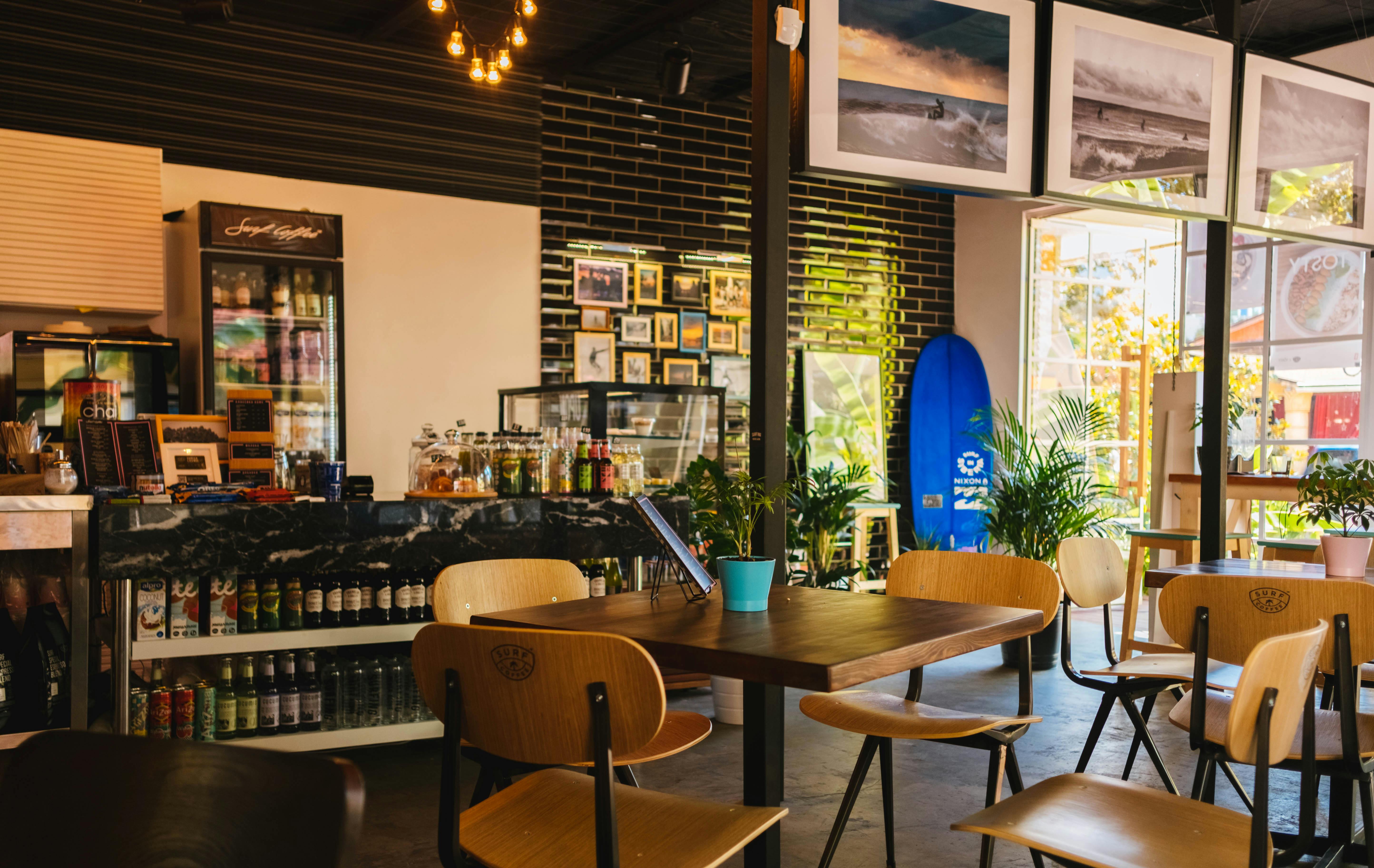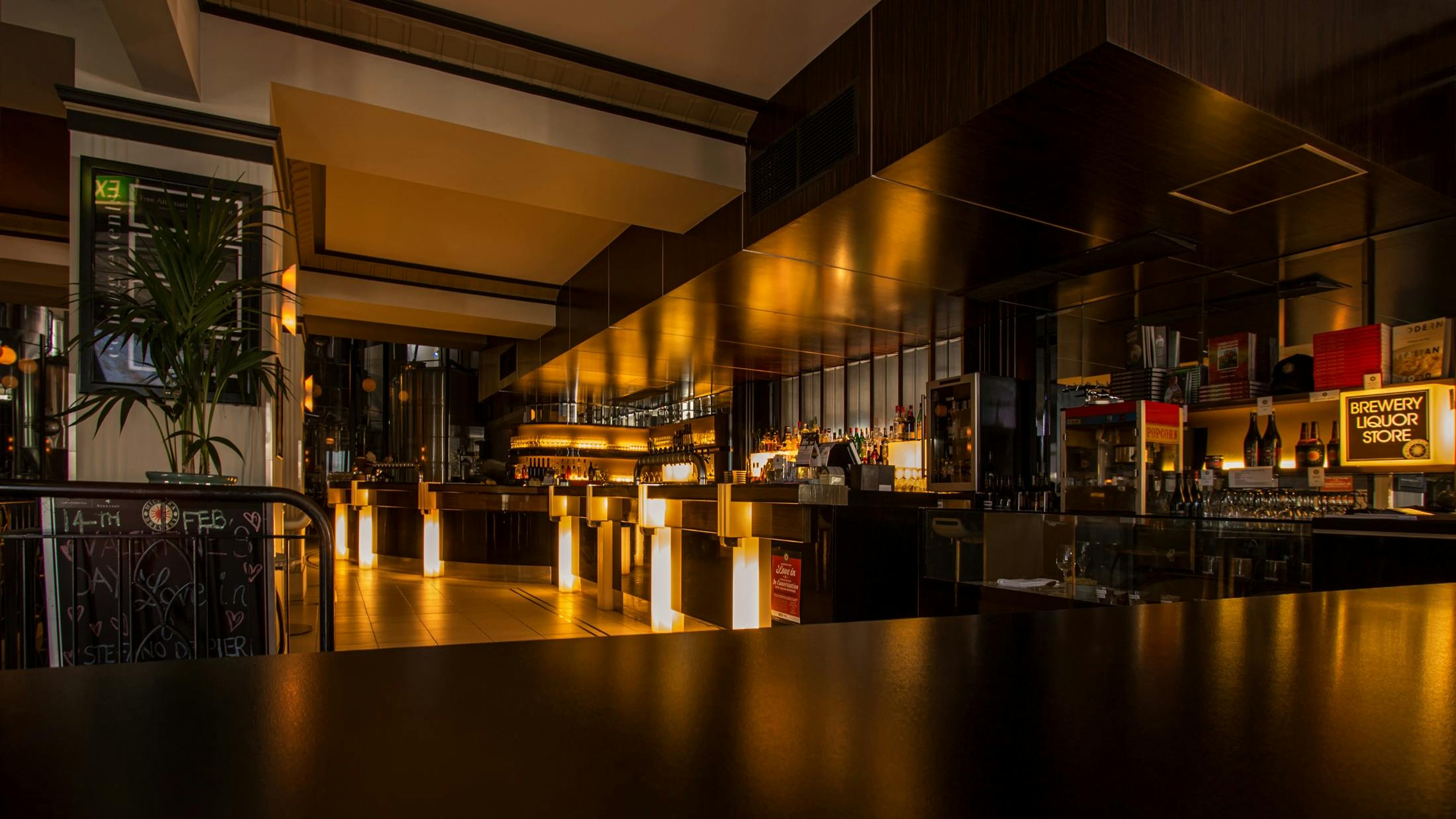You're scrolling through restaurant options on a Friday night. One place has 4.5 stars with glowing reviews. Another has 4.2 stars but somehow looks more appealing. A third caught your eye on Instagram but has mixed ratings. So which one actually delivers quality?
Star ratings and online reviews have become the default way we choose where to eat and drink, but they're increasingly unreliable guides to actual quality. With fake reviews, manipulated ratings, and wildly inconsistent standards, even a perfect 5-star rating might not tell you what you really need to know about a restaurant, cafe, bar, or brewery.
The good news? There are tangible, observable signs of genuine quality that go far beyond what any rating system can capture. Here's how to spot the real thing.
The First Impression Test
Quality hospitality reveals itself before you even order. The moment you walk through the door or approach the bar, your senses pick up dozens of signals about what kind of experience awaits you.
Cleanliness is non-negotiable. Not just surface-level cleanliness, but the kind of attention to detail that shows up in corners, under tables, and in the bathrooms. If a restaurant can't keep the spaces guests see clean, what's happening in the kitchen? The bathroom test is legendary among experienced diners for good reason. A spotless, well-stocked restroom suggests management that sweats the details everywhere.
The smell tells a story. Walk into any quality establishment and you should smell food, coffee, or beer, not cleaning chemicals trying to mask something worse. Stale odors, musty smells, or overpowering air fresheners are immediate red flags. Great restaurants smell like what they're cooking. Quality cafes have that unmistakable aroma of fresh coffee. Breweries should smell like grain and hops, not stale beer or neglected tap lines.
Staff energy and morale matter more than you think. Watch how the team interacts with each other, not just with customers. Are they helping each other? Do they seem stressed or supported? Happy, engaged staff deliver better experiences because they actually care about their work. Conversely, if servers look miserable or kitchen staff are visibly arguing, that dysfunction will inevitably affect your experience.
What the Menu Reveals
A menu is a restaurant's resume, and it tells you volumes about quality before you taste a single bite.
Focused menus usually mean better execution. A restaurant trying to serve Italian, Mexican, Asian fusion, and American comfort food is spreading itself too thin. Quality establishments typically do a few things exceptionally well rather than many things adequately. The same applies to breweries. A place offering 40 different beers might sound impressive, but a carefully curated selection of 12-15 rotating taps often indicates better quality control and fresher product.
Seasonal changes signal ingredient quality. Restaurants committed to quality ingredients adjust their menus with the seasons. If you're seeing the exact same menu in January and July, they're probably relying heavily on frozen ingredients or suppliers who ship from wherever things are cheapest. Quality cafes rotate their offerings too, featuring different roasts, seasonal drinks, and limited-time items that reflect what's actually fresh and available.
Descriptions should be clear, not pretentious. When a menu needs a paragraph to describe a sandwich, it's usually compensating for something. Quality food speaks for itself with straightforward descriptions. You want enough detail to know what you're ordering, but excessive flowery language often masks mediocre execution.
Pricing should make sense. Extremely cheap prices in prime locations raise questions about ingredient quality or corner-cutting. Conversely, astronomical prices without clear justification (premium ingredients, skilled preparation, unique sourcing) might indicate you're paying for ambiance rather than quality. The sweet spot is transparent value where prices reflect genuine quality.
The Details That Separate Good From Great
Once you're seated and your order arrives, dozens of small details reveal whether an establishment truly prioritizes quality.
Temperature matters tremendously. Hot food should arrive hot, cold drinks properly chilled. This sounds basic, but it requires systems, attention, and care. Coffee served lukewarm, beer at room temperature, or food that's clearly been sitting under a heat lamp indicates problems with timing, coordination, or priorities.
Presentation shows respect. Quality establishments present food and drinks with care. This doesn't mean fussy or over-the-top plating, but rather thoughtful presentation that makes the item look as good as it should taste. A burger falling apart before you touch it or a cocktail served in a sticky glass tells you something about standards.
Portion consistency is a sign of training. Order the same dish on two different visits, or watch what other tables receive. Are portions consistent? This indicates standardized recipes, trained staff, and quality control systems. Wildly varying portions suggest lack of training or absence of standards.
The taste test never lies. This is where quality becomes obvious. Fresh ingredients taste fresh. Proper seasoning balances flavors without overwhelming them. Cooking techniques are executed correctly, meaning properly seared proteins, al dente pasta, vegetables with texture and flavor. In breweries, properly maintained tap lines produce beer that tastes clean and true to style. In cafes, well-maintained espresso machines and trained baristas produce consistent, flavorful coffee.
Service Quality Beyond Friendliness
Great service is about more than just a smile, though that certainly helps. Quality service demonstrates knowledge, attentiveness, and genuine hospitality.
Knowledge and recommendations matter. Ask your server or bartender a question about the menu. Quality establishments train their staff to actually know what they're serving. A server who can describe how something is prepared, suggest wine pairings, or guide you toward dishes you'll enjoy based on your preferences is worth their weight in gold. Bartenders who understand their beer selection or can explain the flavor profiles of different spirits demonstrate real investment in their craft.
Timing and flow show coordination. Courses shouldn't arrive on top of each other or have awkward 30-minute gaps. Drinks shouldn't sit empty while you're waiting for food. This kind of timing requires communication, coordination, and systems. It's not accidental at quality establishments.
Problem resolution reveals true priorities. Every restaurant occasionally makes mistakes. What separates quality establishments is how they handle issues. Do they take ownership? Fix problems quickly? Make genuine efforts to ensure you leave satisfied? Or do they make excuses, deflect blame, or act annoyed that you mentioned an issue?
The small touches add up. Water glasses refilled without asking. Check-ins that are attentive without being intrusive. Remembering preferences if you're a regular. These details don't happen by accident; they're the result of training, systems, and culture.
What to Look For in Specific Settings
Different hospitality settings have unique quality indicators worth noting.
In restaurants, watch the kitchen if it's visible. Is it organized or chaotic? Are cooks tasting food as they cook? Is there a sense of organization and professionalism? Open kitchens reveal a lot about whether a restaurant has its operations dialed in.
In cafes, listen to the espresso machine. Properly maintained equipment sounds smooth and consistent. Watch how baristas handle milk steaming and shot pulling. Quality cafes treat coffee preparation as a craft, with precise timing, proper tamping, and attention to extraction.
In bars and breweries, observe the glassware. Clean, properly stored glasses show attention to detail. Watch how bartenders pour. Are they knowledgeable about what they serve? Do they maintain their draft lines? Cloudy beer, excessive foam, or off flavors indicate poor line maintenance. Quality bars and breweries treat their beverages with respect from keg to glass.
In all settings, notice the regulars. If you see the same faces returning frequently, it's one of the strongest indicators of consistent quality. People vote with their feet and their dollars. A loyal customer base means the establishment is doing something right over the long term, not just on special occasions.
The Red Flags You Shouldn't Ignore
Just as there are signs of quality, certain red flags should send you looking elsewhere.
Health and safety violations are deal-breakers. Visible pest problems, employees handling food without proper hygiene, cross-contamination issues, or obviously expired products should end your visit immediately. No amount of good food justifies compromising your health.
Overly aggressive upselling feels desperate. There's a difference between helpful suggestions and pushiness. Quality establishments are confident in their offerings and don't need to pressure guests into ordering more expensive items or unnecessary add-ons.
Menu inconsistency raises questions. If menu items are frequently unavailable or dishes taste dramatically different on return visits,






